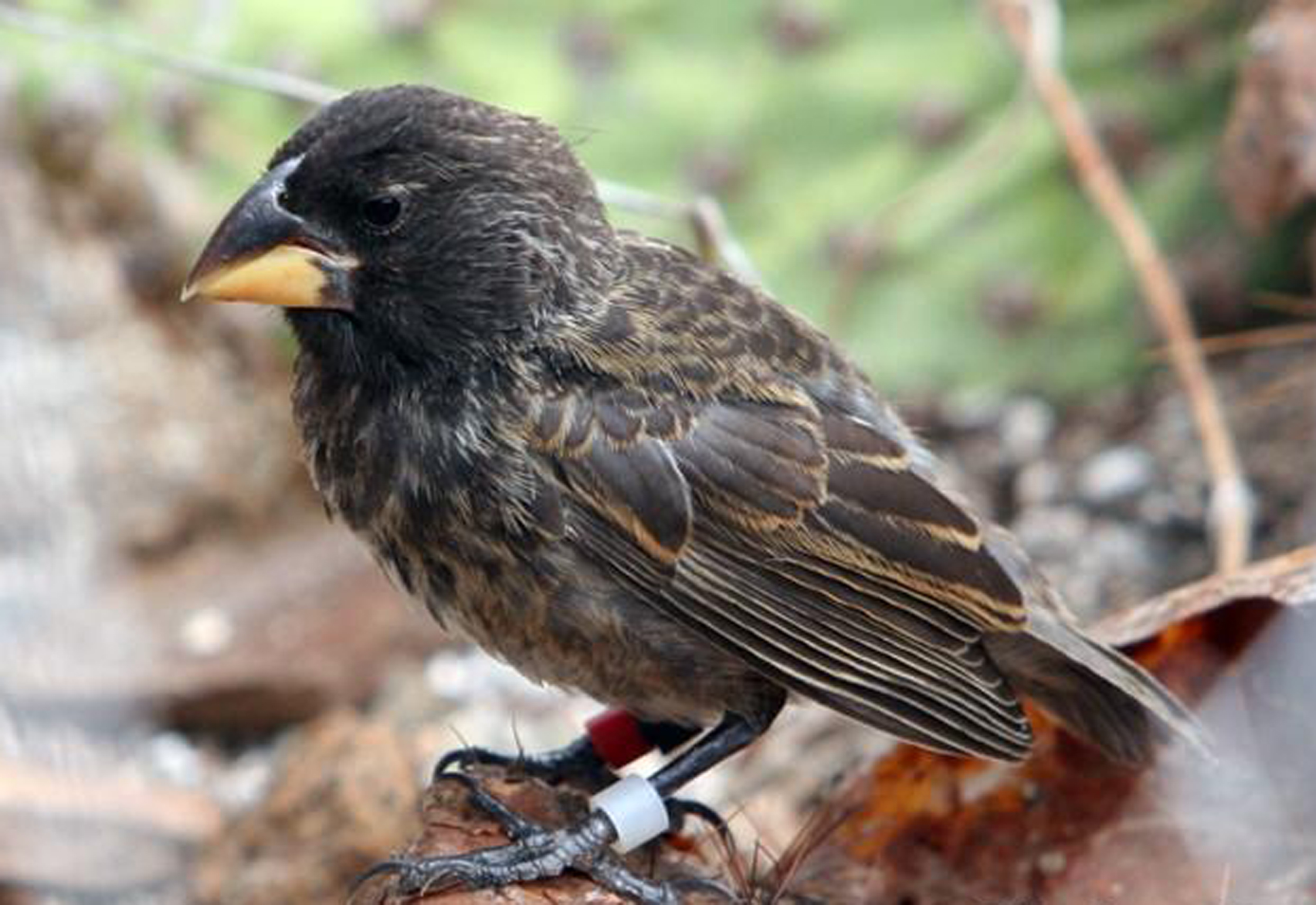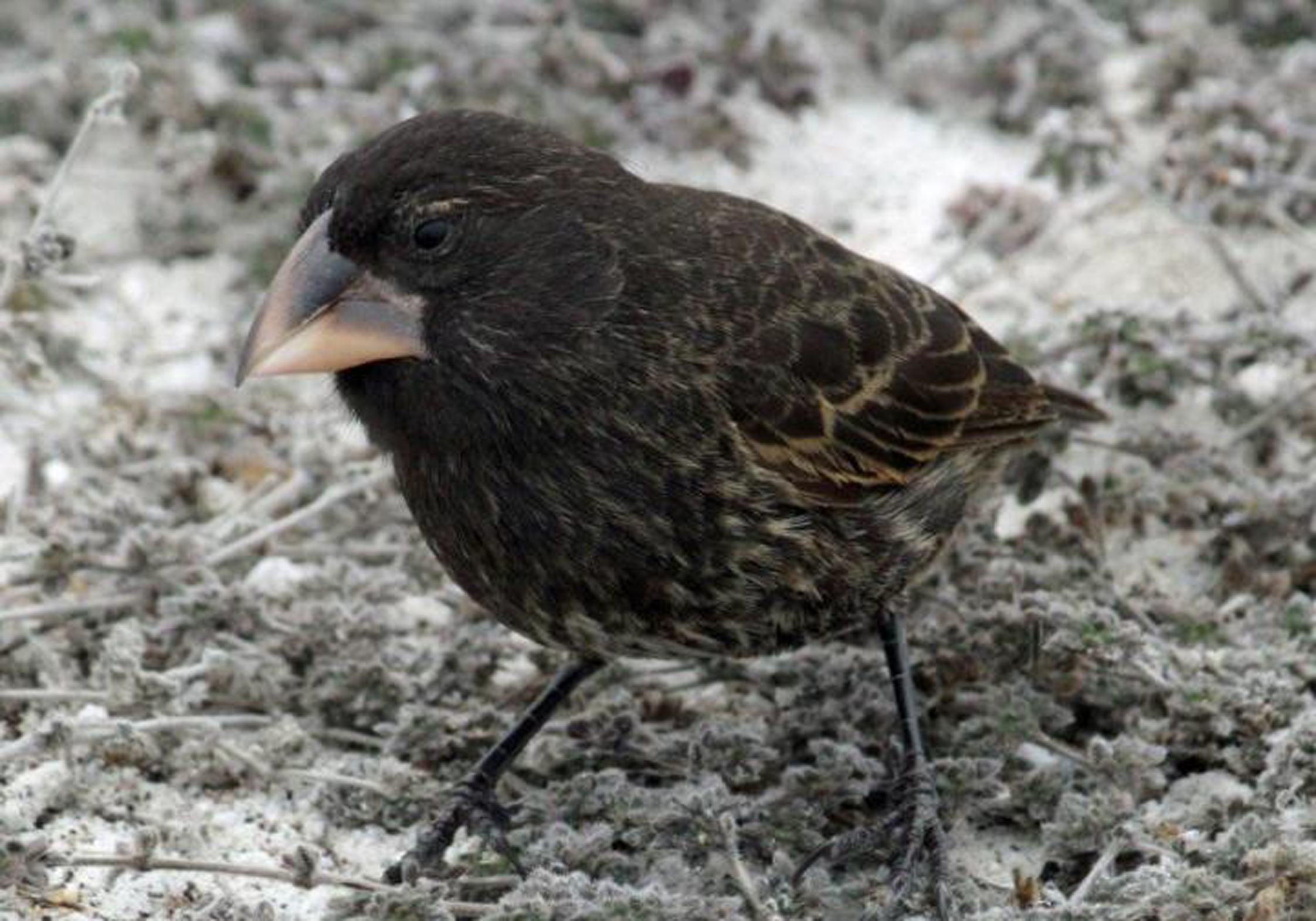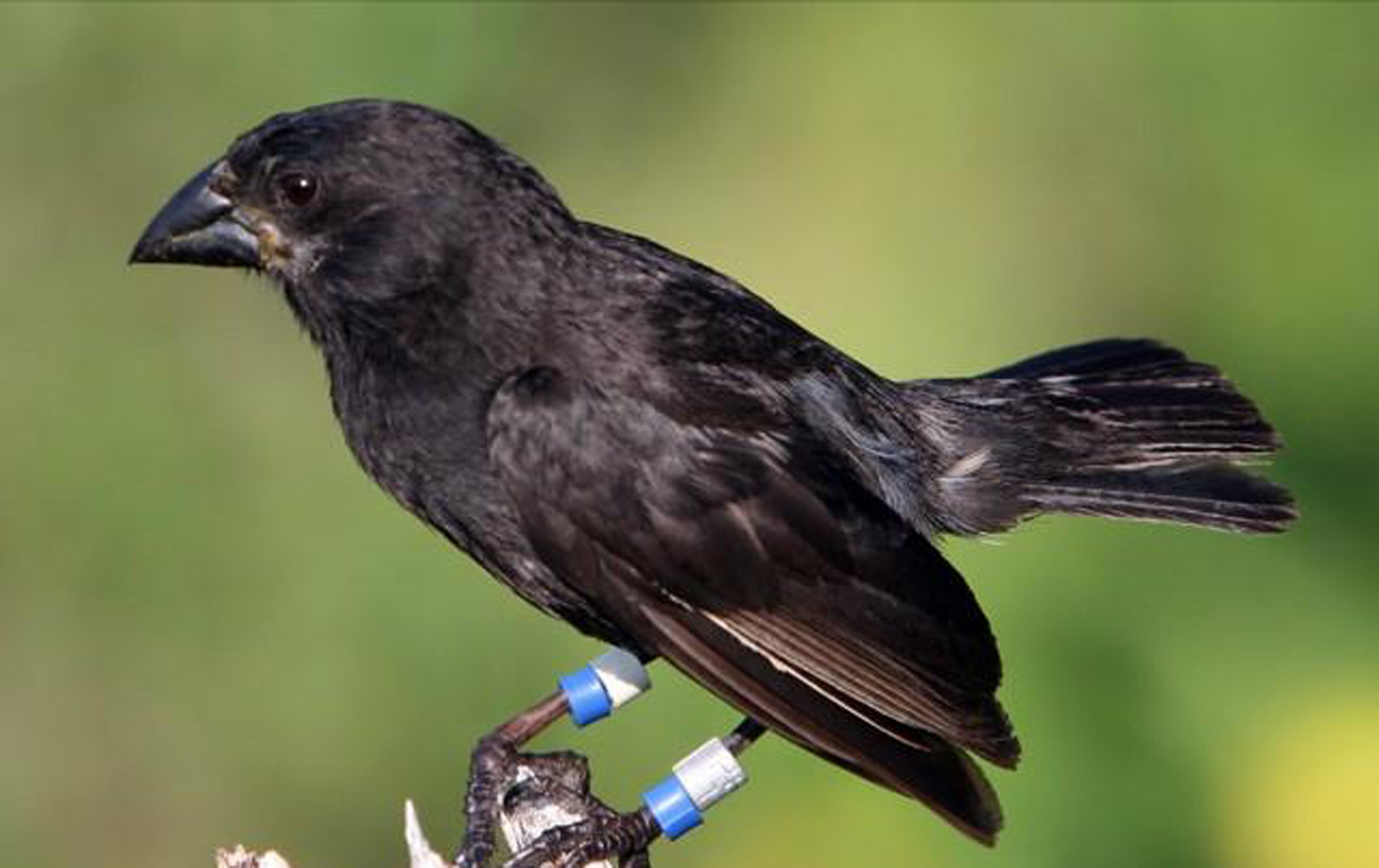Scientists are watching a new species of bird evolve in real time
“Charles Darwin would have been excited to read this paper.”

A new finch species has been observed evolving in the space of just two generations, challenging the general consensus that evolution is a slow process involving hundreds of thousands of years.
For the first time, scientists have observed the rise of a completely new species in the wild after tracking Darwin’s finches living on Daphne Major – a remote island in the Galapagos archipelago.
The Galapagos finches get their name from British biologist Charles Darwin, who on his visit to the islands discovered several finch species that varied from island to island, which helped him to develop his theory of natural selection.
The discovery was made by evolutionary biologists Rosemary and Peter Grant, a husband-and-wife team from Princeton University.

Their mating initiated the so-called new “Big Bird lineage” which now consists of roughly 30 individuals.
Dr Rosemary Grant said: “The novelty of this study is that we can follow the emergence of new species in the wild.
“Through our work on Daphne Major, we were able to observe the pairing up of two birds from different species and then follow what happened to see how speciation occurred.”
The Grants and their research team followed the Big Bird lineage for six generations spanning almost four decades.

They believe after travelling a long distance, the lonely large cactus finch was unable to return home and instead chose a mate from the island.
Biologists consider this type of reproductive isolation to be a key step in the development of a new species.
The team observed that the offspring ended up mating with members of their own lineage, as the Big Bird males were unable to attract resident females because they differed in their song as well as beak size and shape – some of the key traits that female finches look for in their mates.
Leif Andersson, a professor at Uppsala University who collaborated with the Grants for the study, said what he found most striking was the fact that it only took two generations for new hybrid birds to behave as independent species.

“This clearly demonstrates the value of long-running field studies.
“We have no indication about the long-term survival of the Big Bird lineage, but it has the potential to become a success, and it provides a beautiful example of one way in which speciation occurs.
“Charles Darwin would have been excited to read this paper.”
The research is published in the journal Science





